In so many ways, the COVID-19 pandemic is affecting all of us. When schools, businesses, sporting events, concerts, restaurants, social gatherings, shopping, and travel are all shut down or restricted, it is something that we all have to deal with. But despite these truths, the pandemic isn't affecting all of us equally.
Studies have shown that certain groups—such as visible minorities and those with lower incomes—are having a much more challenging time during COVID than those who can more easily afford to miss work, work remotely, or be socially distant where they live. And perhaps the most vulnerable of all are homeless people.
In Toronto, one man who has been trying to help is a carpenter named Khaleel Seivwright. Since last fall, he has been building what he calls 'tiny shelters' and distributing them for free among the homeless. But now, the City of Toronto is using legal action to stop him and get the shelters removed.
Why is this man's act of charity controversial to the city? And why was he building them in the first place?
Housing crisis
Toronto is the second-most expensive Canadian city to live in. Some new developments like this one include affordable units, but critics complain that it does not bring immediate help to those who are most in need. (Getty Embed)
Seivwright's efforts are in response to what is known as the affordable housing crisis. Most major cities across North America and the world have this problem, including Toronto. Toronto is especially expensive. Even small apartments can rent for over $2,000 per month.
To try and address this problem, Toronto has two main types of options. One is affordable housing developments—places where rent is much cheaper than average units to assist people who do not have as much money available. The other is shelters—these are charitable locations that offer beds and bathrooms for people with very little or no money available.
The problem with both of these options? The demand for them is extremely high, meaning there are more people looking for both affordable housing and access to shelters than there are available spaces. When this situation happens, you get a housing crisis.
How does COVID affect things?
The pandemic made a bad situation worse.
First, most shelters are crowded. This is to try to give as many people shelter as possible, especially during winter when it can be deadly to be caught outside in the cold for too long. But with social distancing measures in place, shelters cannot accept as many people. And even then, transmission of COVID within the shelters can be high.
Second, when shelters were full, some homeless people used 24-hour restaurants as a place to escape the cold. But because COVID regulations have stopped indoor dining in some cities like Toronto, this is not an option either.
To survive—especially this winter—many homeless people need another alternative.
Khaleel's solution
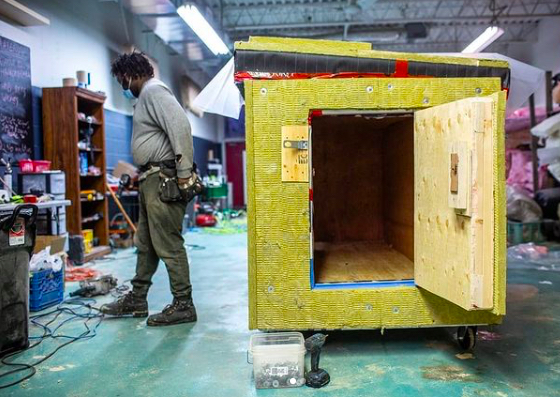
This image shows Seivwright at work in his shop. (Instagram/@kozaknick)
This is where Seivwright comes in. Last fall, this carpenter decided to build 'tiny shelters'. He started them because he anticipated that COVID would make finding safe shelter even more difficult for homeless people.
Each tiny shelter was only the size of a tent and not even high enough to stand in. But it was well insulated, easily portable, and protected its user against the elements. In fact, thanks to the insulation and small space, it could be heated by body heat alone, making it very efficient. Even better, it allowed the person inside a sense of privacy, protection, and some dignity. For safety, Seivwright equipped each one with a fire extinguisher and a CO2 and smoke alarm.
Two responses
One of the tiny shelters next to a tent in a Toronto park. (Getty Embed)
At first, public response to the shelters was very positive. Seivwright started a GoFundMe fundraiser back in September 2020, which has today raised over $220,000 for materials for the shelters (each shelter costs about $1,000 to make and can be built in around eight hours). More and more shelters were built through the final months of 2020, going out to those who needed them. With winter approaching, many were hailing Seivwright as a hero and inspiration.
But the City of Toronto saw things differently.
Many of these shelters were going up in places like parks and other public land that is owned by the City. According to by-laws, it is illegal to place structures on this land without a permit. So, city officials began removing tiny shelters, leaving those who were staying in them back where they were before Seivwright offered his help.
The city's case
The City maintains that removing the shelters is about more than just following the by-laws. They claim that the structures are unsafe because they are highly flammable, or catch fire easily.
It is correct that Toronto fire crews had to respond to over 200 'encampment' fires in 2020—an encampment is a place where homeless people gather to set up a community to live in. But so far, there is no evidence that any of these fires involved one of Seivwright's tiny shelters—it was other structures such as tents or foam.
On February 12, the City took their objections to the tiny shelters one step further. They filed in court to prevent the illegal dumping of wooden structures on public land. According a representative for Toronto, Brad Ross, "The City is seeking an injunction to stop placing or relocating wooden structures in parks and rights-of-way."
Don't fight me, work with me

This man named Ritchie accepted one of Seivwright's first shelters. Many people using the shelters have expressed gratitude for the carpenter's efforts. (Khaleel Seivwright)
In his own video statement released on February 22, Seivwright accused the City of missing the point. He never intended for the shelters to be permanent—it was always a temporary solution a bigger problem. The housing crisis.
"Instead of working with me," he said, "the City sued to stop me from building and relocating the tiny shelters. This is a distraction. The problem is not the tiny shelters. The problem is that Toronto's most vulnerable people are falling through the cracks."
Technically, the City is not suing Seivwright (suing is a legal action against a specific person, often for money.) But they do name him in the lawsuit, and they are taking the shelters he build away from those who need them. They are also seeking a permanent restraining order to prevent him from ever placing them on city-owned land again.
In order to prevent this from happening, he will have to fight back in court.
In the meantime, he is pleading with officials to change their focus. "The City of Toronto should drop its application against me," he says in the video, "and focus its resources and efforts on what matters—getting people safely housed."
Can you think of some solutions to homelessness and the housing crisis in today's cities? Let us know in the comments below.
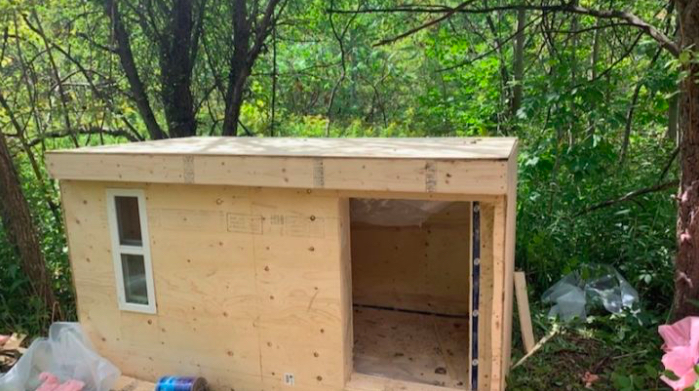 An image of one of Seivwright's shelters under construction. (GoFundMe/Khaleel Seivwright)
An image of one of Seivwright's shelters under construction. (GoFundMe/Khaleel Seivwright)
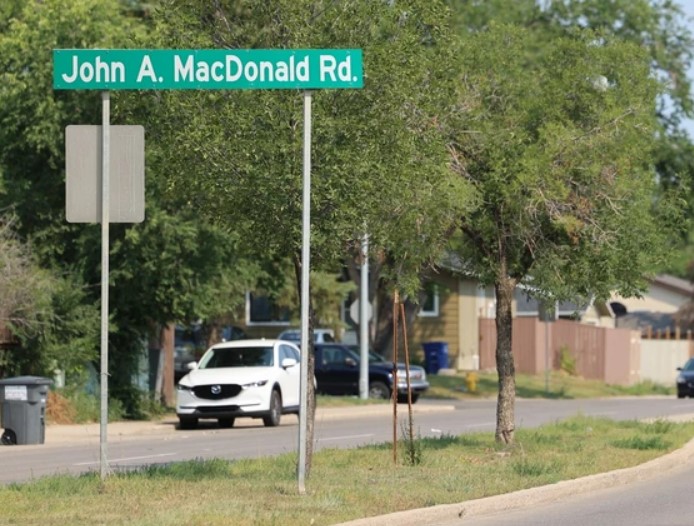
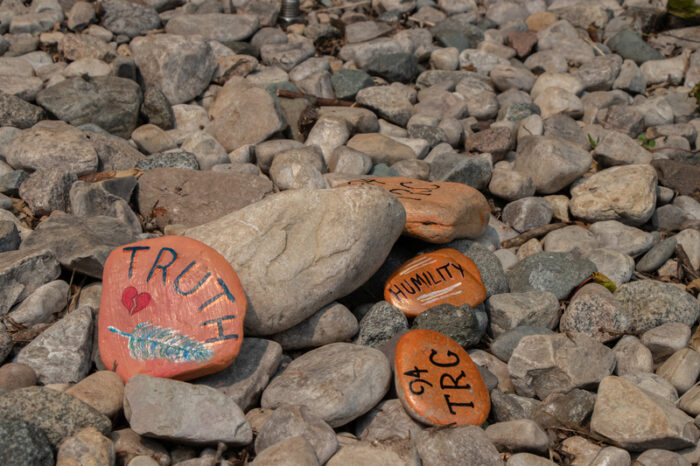
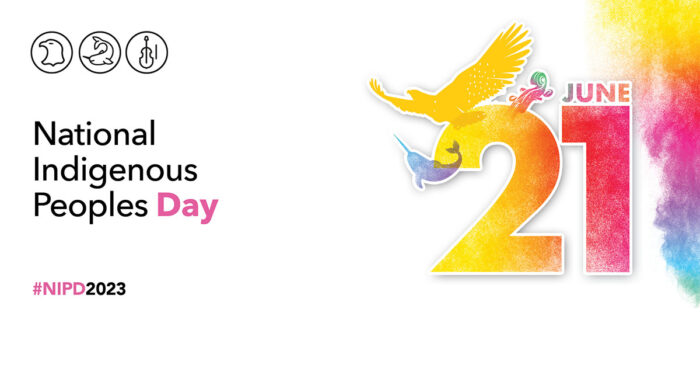

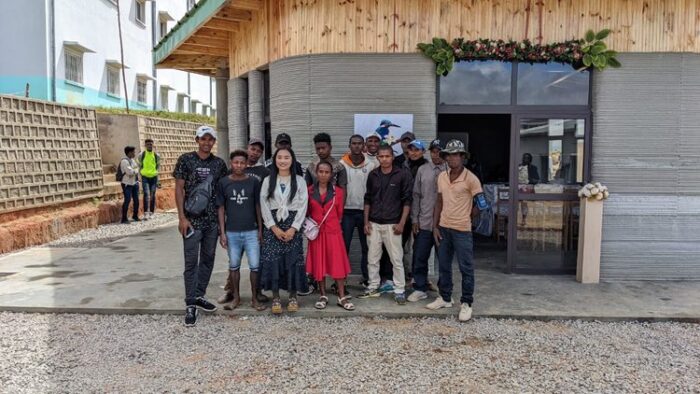





That’s so sad. 🙁
This is reallly sad